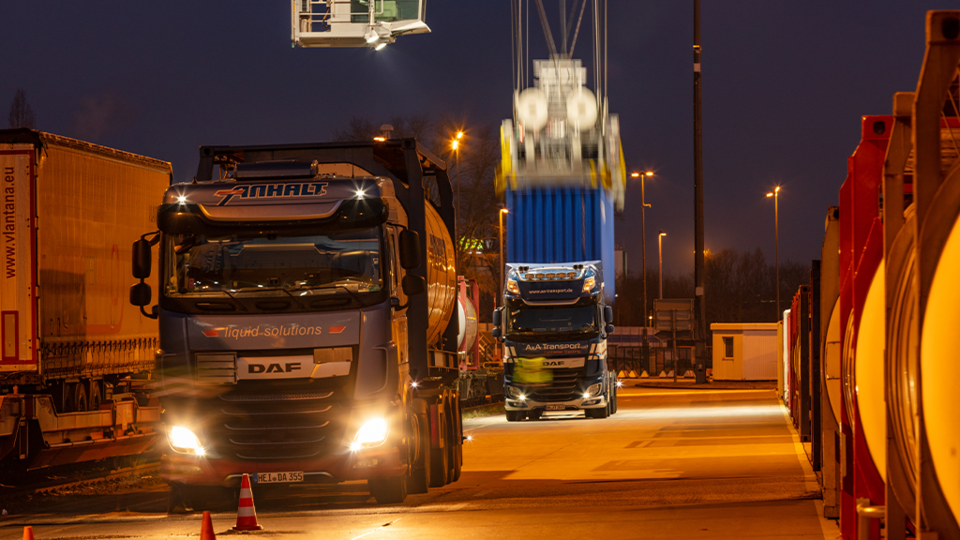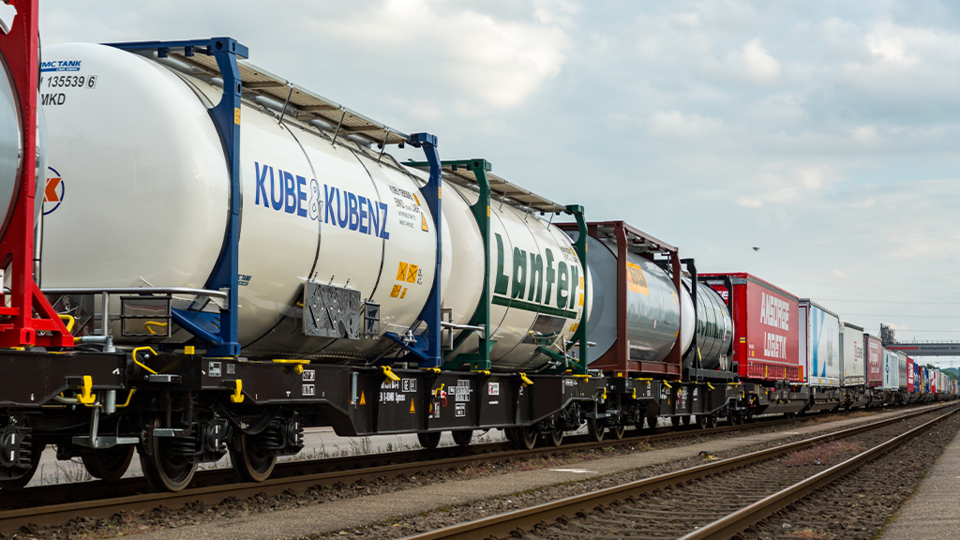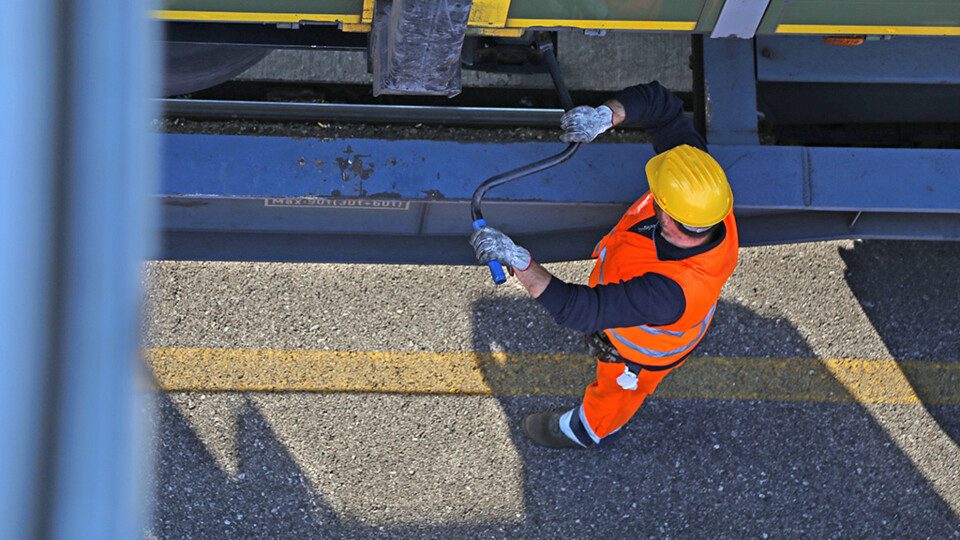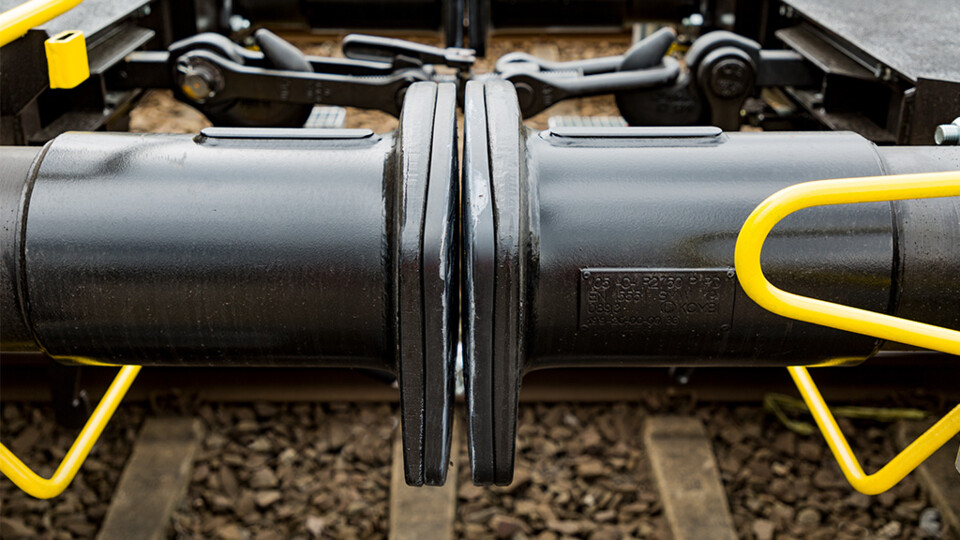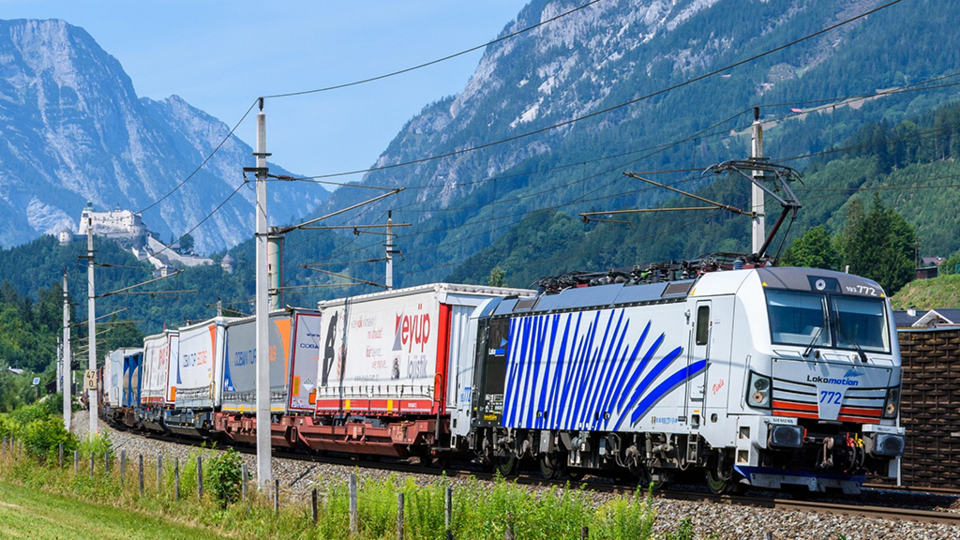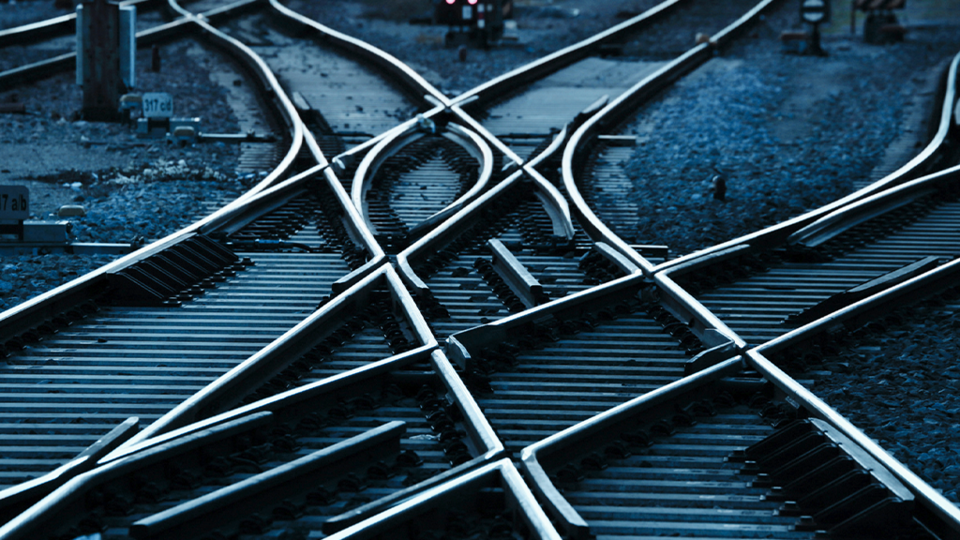

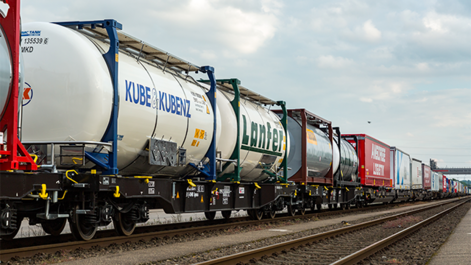
Connection Köln - München v.v.
KombiRail Europe is now responsible for and traction this connection.

Connection Ludwigshafen / München - Wels v.v.
Lokomotion is no longer just the executing RU, but the responsible RU and therefore the direct contractual partner.

Connection München - Ljubljana v.v.
Lokomotion is no longer just the executing RU, but the responsible RU and therefore the direct contractual partner.
Of our connections to be converted are in operation.
Waste is something for professionals. Foreign tourists who familiarise themselves with German waste separation can confirm this. But haulage companies, whose daily bread is waste transport, can also tell you a thing or two about this. Not only do they need a great deal of expertise, but also many forms and permits. It becomes particularly complicated when hazardous waste has to be transported across national borders. Anyone working in this segment also has a lot to consider when it comes to traction conversion and therefore needs to be in the picture as early as possible. Ullrich Lück has taken on this task. He is our safety and dangerous goods officer and has been working for Kombiverkehr for 34 years.
The traction changeover is a Herculean task for Kombiverkehr. What do Kombiverkehr customers who transport waste need to know in this context?
Cross-border waste transport is often subject to authorisation. Anyone who transports hazardous waste internationally needs the relevant notifications - and all of this in paper form. This affects everyone involved in the transport chain: producers, carriers and disposal companies. If a route is changed from one railway undertaking (RU) to another in the course of the traction changeover, the new RU must be included in the notification. If waste is generated, transported and disposed of within Germany, everything is much simpler. Here, the RU only needs to be replaced by another RU in the electronic waste records procedure (eANV), and this process is completely digital. Incidentally, the producer is usually responsible for carrying out the notification.
Does this mean that the notifier must provide information about a planned traction changeover as early as possible?
We always provide information in good time before a changeover, at least two months in advance. To do this, we check in advance which of our customers are already running waste on the route in question and write to them with all the information about the new RU and, if applicable, the relevant contact persons. As soon as a haulage company learns from us that the RU on the route is changing, it should inform its client. This is the waste producer, who must initiate the notification procedure in the case of hazardous waste. In the case of non-hazardous waste, the customer must also be aware that the RU is changing, but no notification is required.
But it doesn't sound that complicated for international transport either ...
It depends. All the responsible authorities through whose countries the transport is travelling must be informed and give their approval. One authority works quickly, the other may be overloaded and therefore less fast. If we assume a combined transport train service from Verona in Italy to Hallsberg in Sweden, authorities in Italy, Austria, Germany, Denmark and Sweden would be affected. It can take up to two months for everyone to react. If the exporting RU is not entered in the notification form, the consignment is not allowed to start its journey. It is therefore important to deal with the issue so that this does not happen.

Hazardous or non-hazardous waste - can you give examples?
Gladly. Glass, paper or iron and steel, for example, are considered non-hazardous. Hazardous waste can be, for example, railway ballast, sleepers, certain household waste, demolition waste from buildings or sewage sludge. Because these groups of goods are categorised as hazardous waste, the waste producer must also have a laboratory analysis carried out as part of the notification process.
That is time-consuming. How does the consignor generally proceed with the notification?
For example, they declare 10,000 tonnes of one of these product groups for export, spread over several hundred loading units. In the case of waste transports, both containers - such as open-top or tank containers - and trailers are used. The shipper then receives notification and accompanying forms for each loading unit from the competent authority in their home country. We provide them with all the relevant information about the RU via their forwarding agents, such as registration certificates and insurance confirmations. Each carrier in the transport chain - including the rail transport company - enters the date on which they took delivery of the goods in the notification and consignment forms, as does the recipient when they received the goods. Finally, the document is returned to the issuing authority.

Ullrich Lück is your contact for all aspects of dangerous goods and waste transport in combined transport. He has headed the dangerous goods working group at the International Union for Combined Road-Rail Transport UIRR in Brussels for many years. Ullrich Lück is also closely involved in the dangerous goods working groups of the UIC (Union Internationale des Chemins de fer) and the OTIF (Organisation intergouvernementale pour les transports internationaux ferroviaire). With his experience and knowledge from more than 25 years as a dangerous goods specialist, he regularly trains employees at local agencies at the terminals as well as in-house staff.
‘The traction changes so far have been smooth and quiet for waste transporters,’ summarises Ullrich Lück. These were mainly national transports that are not subject to notification. However, the changeover of the Ludwigshafen/Munich - Wels v.v. route also went according to plan.
On 7 October, there will be a change of traction on the Munich - Leipzig v.v. and Duisburg - Leipzig v.v. routes. These are national routes, but the Munich - Leipzig v.v. train also loads many cargo units that have an international origin, for example at the Verona departure terminal. However, the RU Lokomotion, traction provider between Verona and Munich, was already included in the notification as a sub-carrier. No adjustments are therefore required for the Verona-Munich section, but KombiRail Europe must now be included in the notifications for the Munich-Leipzig section.
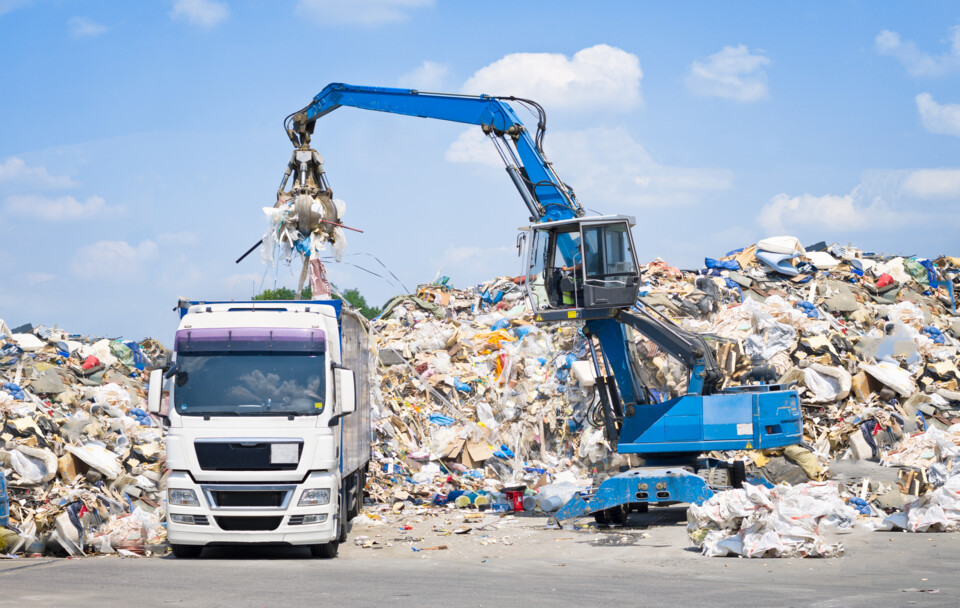
Transboundary transports of hazardous waste are subject to authorisation. If such hazardous waste is involved, the consignor must obtain the authorisations of the authorities of the countries affected by the transport by means of a notification procedure prior to the transport. This is done using the notification form IA and the movement document IB for hazardous waste or Annex VII for non-hazardous waste. The whole process is governed by the European Waste Directive 1013/2006, which was transposed into German law in July 2007 with the Waste Shipment Act.
